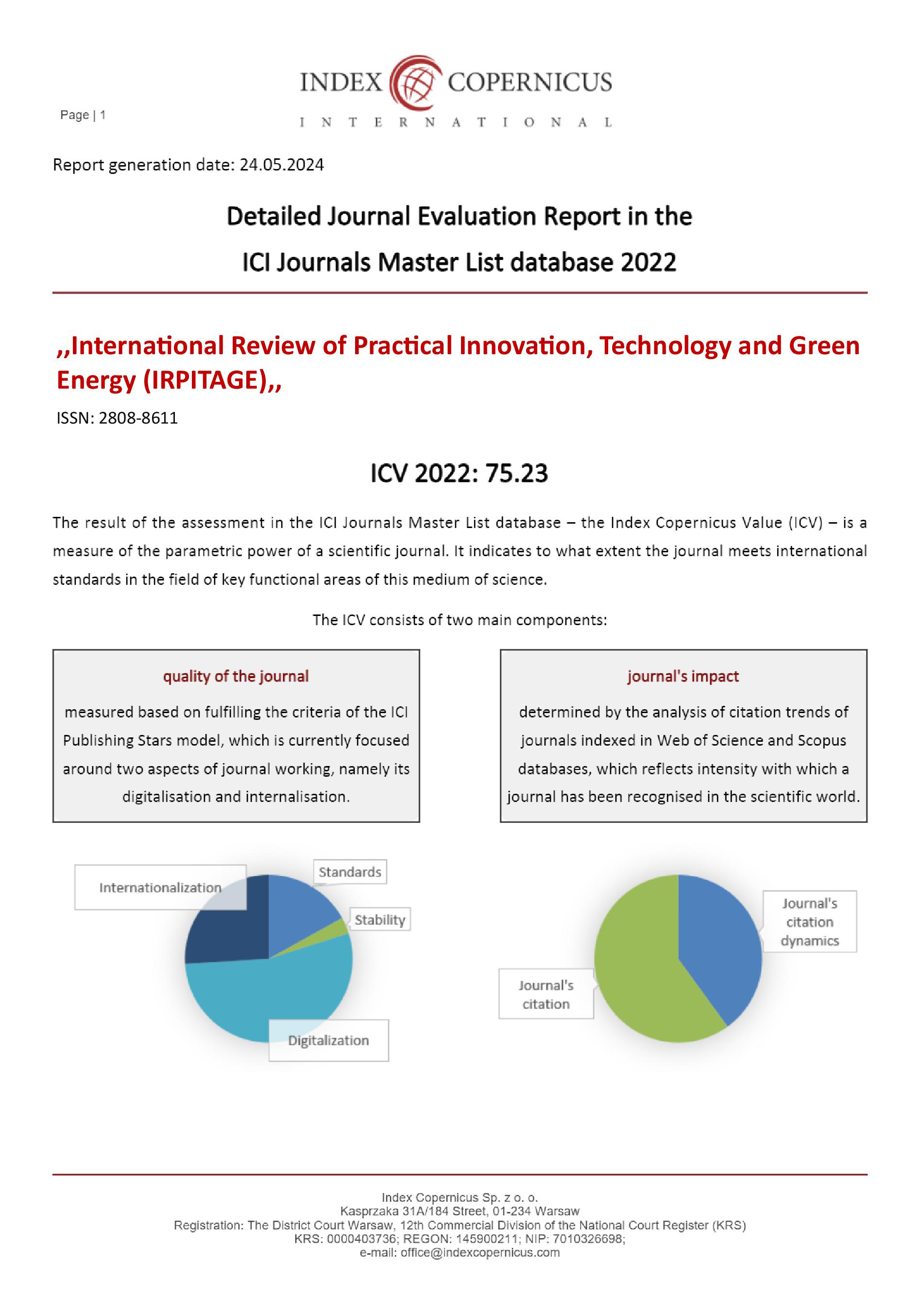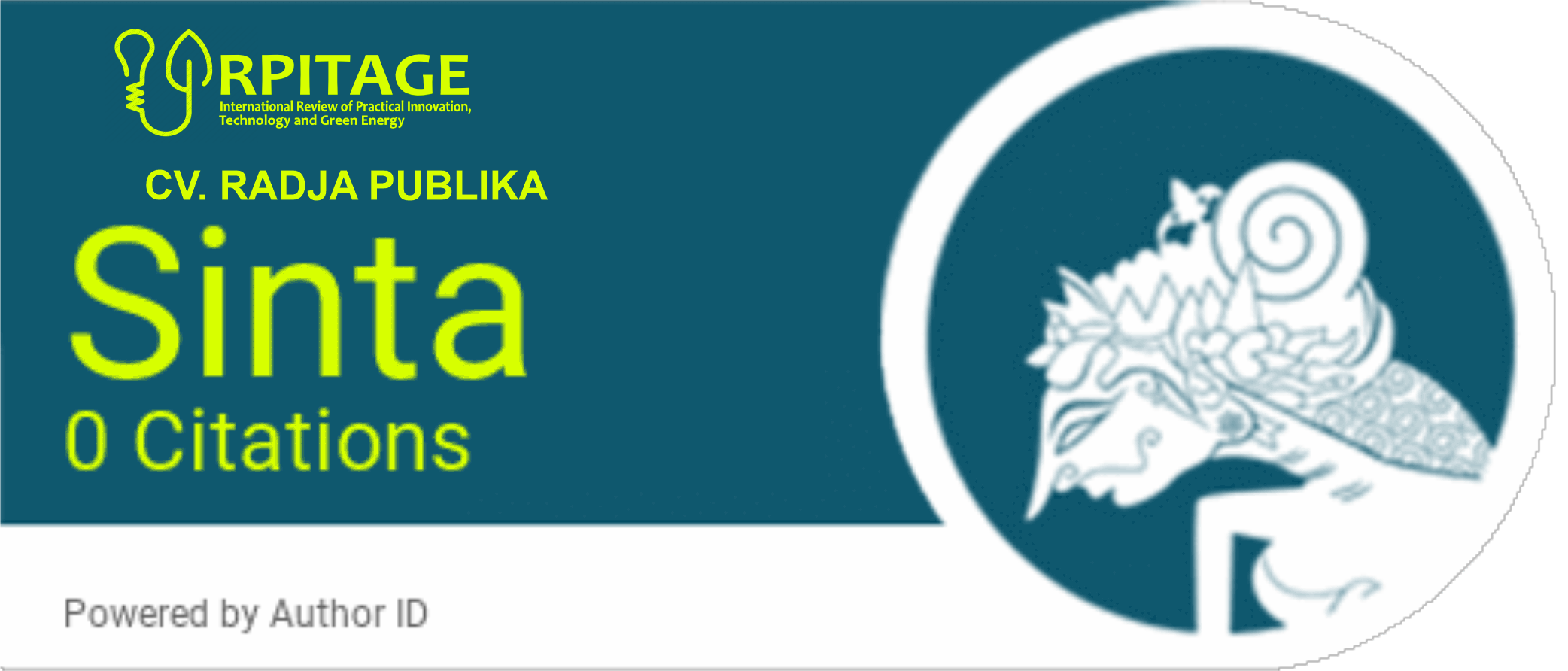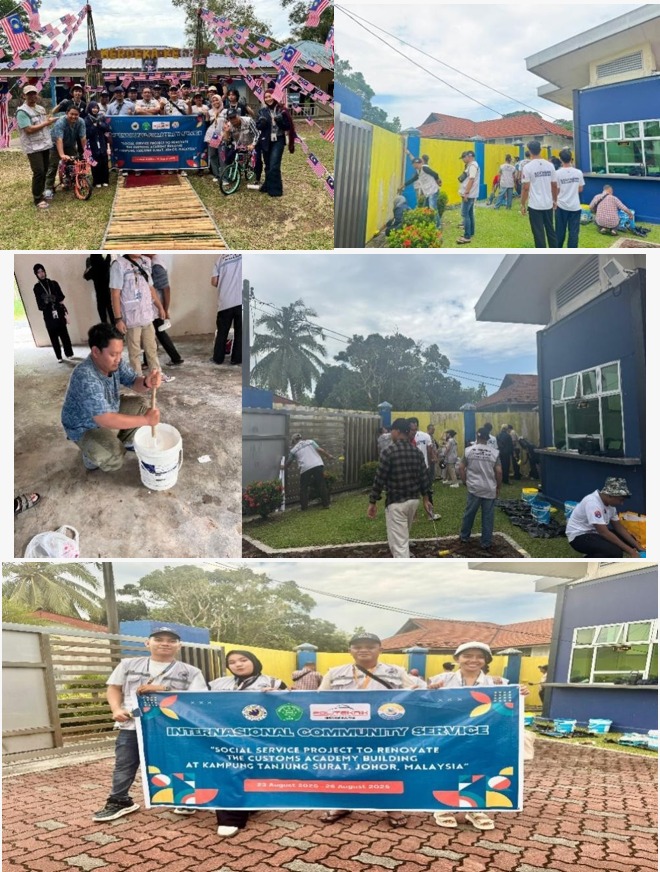COMMUNITY SERVICE FOR THE RESTORATION OF THE CUSTOMS ACADEMY BUILDING IN KAMPUNG TANJUNG SURAT, JOHOR, MALAYSIA
Main Article Content
Rasyid Ridho Harahap
Okvian Dwi Pamungkas
Michael Fernando Sembiring
Dimas Sugiono
Musbakhul Munir
Nurul Aini
Danang Pujianto
Dahrul Aman Harahap
Edwin Agung Wibowo
Hanapi Hasan
Muhammad Fairullah Bin Muhammadon
Hanafi Siregar
Kampung Tanjung Surat on Tanjung Surat Island, Kota Tinggi, Johor, is a coastal island community that has developed through ecotourism initiatives and mangrove conservation, with primary access via waterways and support from various CSR programs and university and public agency service-learning initiatives. This community service program focuses on light restoration and repainting of a support building used for community activities and field training related to the Royal Malaysian Customs Academy (AKMAL), with emphasis on coastal environmental resilience (high humidity, salt spray) and cost efficiency through community gotong royong (collective work). The measured work area is 400 m², covering the main room’s exterior–interior walls and veranda, with the selection of a weather-resistant exterior paint system, anti-alkali primer, anticorrosive coatings for metal elements, and a color scheme harmonious with local maritime culture. Work was carried out on weekends to minimize disruption to daily economic activities, resulting in improved comfort, aesthetics, and service life of the facility that supports community activities and field-learning collaboration in Tanjung Surat.
Abbas, M., Wu, W., & Alayed, M. (2020). An overview of maintenance management strategies for corroded steel structures. Structural Safety, 87, 101980. https://www.sciencedirect.com/science/article/abs/pii/S0951833920300125
Brown, B. (2014). Community Based Ecological Mangrove Rehabilitation (CBEMR) in Indonesia. S.A.P.I.EN.S, 7(2). https://journals.openedition.org/sapiens/1589
Damastuti, E., & de Groot, R. (2022). Effectiveness of community-based mangrove management strategies to conserve biodiversity. Global Transitions, 4, 100096. https://www.sciencedirect.com/science/article/pii/S2666719322000139
Damastuti, E., et al. (2023). Effectiveness of community-based mangrove management practices in Central Java communities. Ocean & Coastal Management, 235, 106474. https://www.sciencedirect.com/science/article/pii/S0964569123000236
Guerra-Mera, J. C., Zambrano, V., & Herrera, M. (2024). Atmospheric corrosion of carbon steel in a coastal region: Puerto López, Ecuador. Case Studies in Construction Materials, 21, e01702. https://www.sciencedirect.com/science/article/pii/S2666016424000975
Kusumadewi, S. D., et al. (2024). Systematic review on the implementation of community-based mangrove restoration. CIFOR-ICRAF Working Paper. https://www.cifor-icraf.org/publications/pdf_files/articles/AKusumadewi2401.pdf
Lhosupasirirat, P., et al. (2023). Stakeholder perceptions on Community‐Based Ecological Mangrove Rehabilitation. Restoration Ecology, 31(7), e13894. https://onlinelibrary.wiley.com/doi/abs/10.1111/rec.13894
Nuraeni, E. (2023). The role of community-based tourism for mangroves conservation. Jurnal Pengelolaan Sumberdaya Alam dan Lingkungan, 13(4), 606–612. https://journal.ipb.ac.id/index.php/jpsl/article/view/45009
Rahman, M. J. (2024). An assessment of derelict building constructions situated in coastal areas (Indonesia case). Journal of Civil Engineering Forum, 10(2). https://journal.ugm.ac.id/v3/JCEF/article/view/10433
Sarmin, N. S., Hashim, R., & Shahid, S. (2016). The DPSIR framework for causes analysis of mangrove deforestation in Johor. Aquatic Procedia, 4, 346–353. https://www.sciencedirect.com/science/article/abs/pii/S2215153216300782
Society for Ecological Restoration. (2024). Ecological restoration of mangrove forests in Johor, Malaysia. https://www.ser.org/news/703362/Ecological-Restoration-of-Mangrove-Forests-in-Johor-Malaysia.htm
Valdez, B., et al. (2016). Corrosion assessment of infrastructure assets in coastal seas. Corrosion Engineering, Science and Technology, 51(7), 547–556. https://www.tandfonline.com/doi/full/10.1080/20464177.2016.1247635











